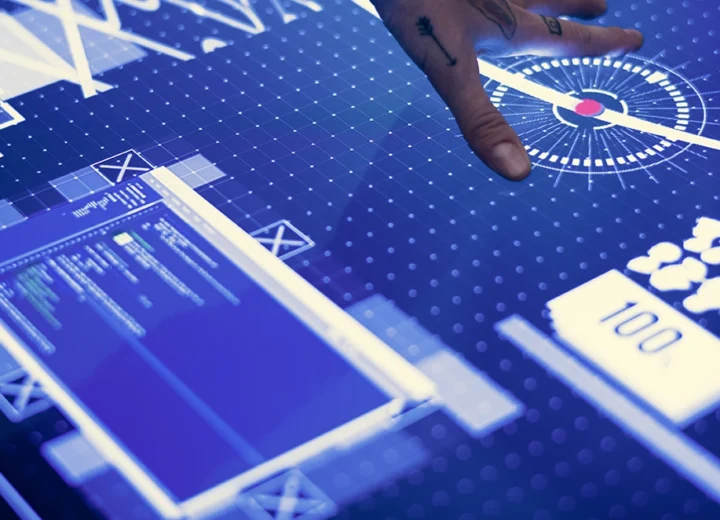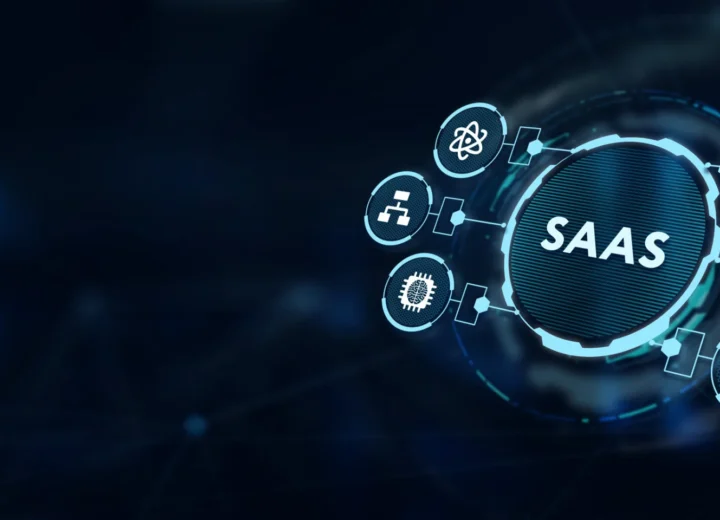
Welcome back to our comprehensive guide on turning your SaaS idea into a reality. In the previous articles, we explored the crucial discovery and design phases. Now, we delve into the heart of your SaaS venture—the development and coding process. This stage is where your user centric designs take shape as functional software, bringing your vision one step closer to reality.
Approach
Choosing the Right Development Approach
The development process begins with choosing the right approach. You and your selected technology parter should compare traditional waterfall development with more iterative and flexible methodologies like Agile. There are benefits to an agile approach for SaaS projects, such as adaptability to changing requirements, continuous feedback, and faster time-to-market – there is a more collaborative nature of agile development, which fosters communication between development teams and stakeholders – however there is a hybrid approach that is a good blend between the two methodologies as well.
Setup
Setting Up the Development Environment
A well-configured development environment is crucial for efficient and collaborative coding. Setting up environments that mirror production as closely as possible is key to velocity and quality. Your technology partner should outline the tools and technologies they will use covering areas like version control, integrated development environments (IDEs), and collaboration platforms. It is important to have a standardized and well-documented development workflow.
Best Practices
Coding Best Practices
Coding is the backbone of your SaaS product, and adhering to best practices is a key driver of success.The coding standards and practices of your SaaS product should emphasize writing clean, maintainable code. Also documentation, code reviews, and testing are all important in ensuring the quality of your codebase. These simple but key practices contribute to long-term success, facilitate easier maintenance, updates, and scalability.
Communication
Collaboration & Communication
Collaboration and communication are cornerstones of successful development. Effective collaboration between development, design, and other teams involved in the project can make or break a project. Standardized communication tools and strategies, such as regular stand-up meetings, project management platforms, and collaborative documentation are key, to ensure that everyone is aligned with project goals and timelines.
Testing
Testing & Quality Assurance
Testing is a critical aspect of the development process. There are various testing methodologies, including unit testing, integration testing, and user acceptance testing. Quality assurance is not a nice to have but a requirement in identifying and addressing issues early in the development cycle.
Conclusion
SaaS Development Conclusion
As your SaaS concept evolves from designs to code, the development and coding process plays a pivotal role in bringing your vision to life. In the upcoming article, we will explore the deployment process, where your product transitions from development environments to real-world usage. Stay with us as we guide you through the final stages of transforming your SaaS dreams into a profitable reality.



